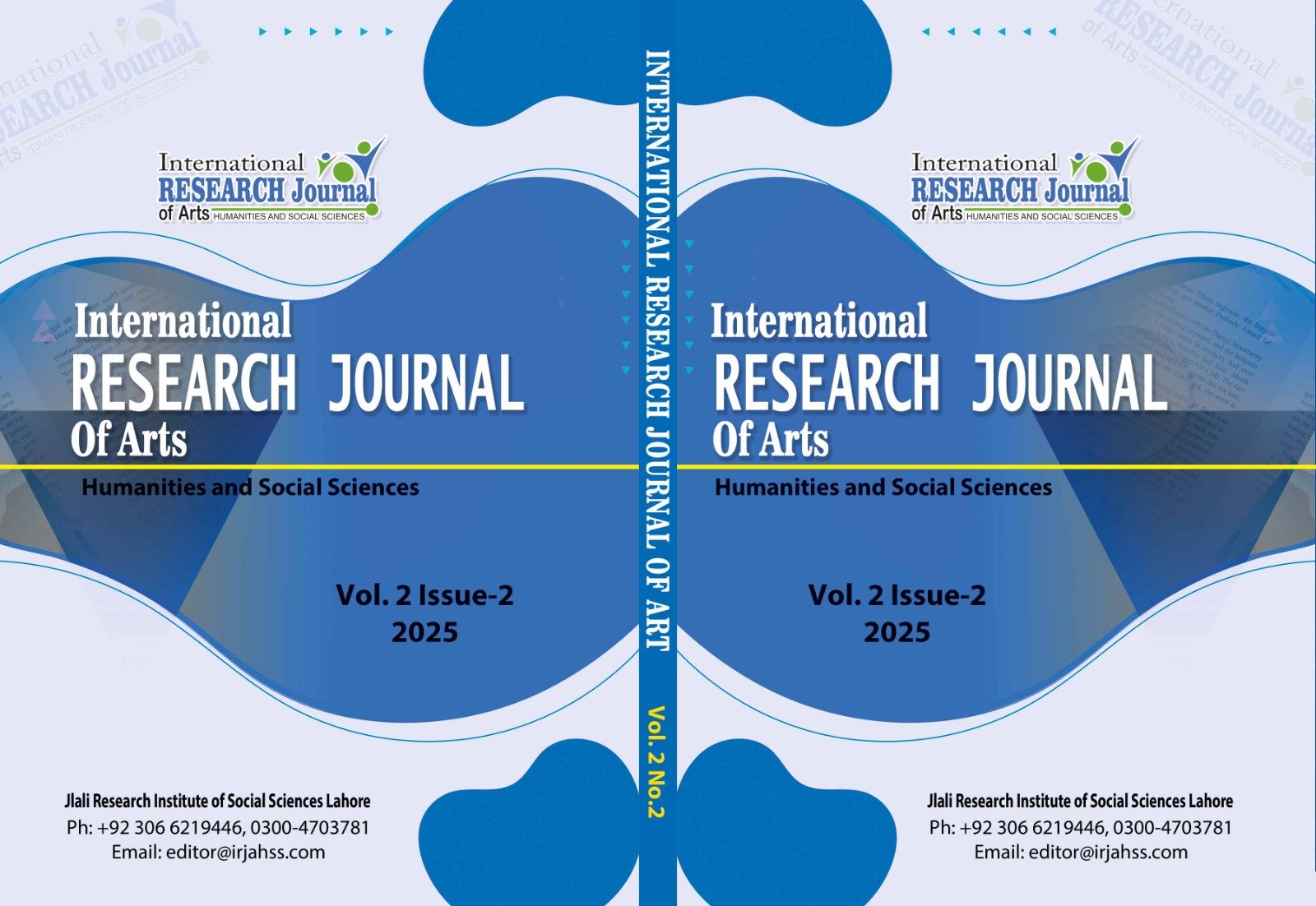EFFECT OF GRIT AND PARENTAL EXPECTATIONS ON CRITICAL THINKING AMONG UNIVERSITY STUDENTS: EMOTIONAL INTELLIGENCE AS A MODERATOR
Abstract
The study examined the effect of grit and parental expectations on critical thinking among university students with emotional intelligence as a moderator. Sample comprises of 230 university students (female=115, male=115) taken from different universities of Islamabad. Short Grit Scale (Duckworth et al., 2007), Living-up-to-Parental Expectation Inventory (Wang & Heppner, 2002), Brief Emotional Intelligence Scale (Davies et al., 2010) and Critical Thinking Disposition Scale (Edward, 2013) were used to measure grit, parental expectations, emotional intelligence and critical thinking. Results revealed significant positive correlation between grit, parental expectations, emotional intelligence and critical thinking. Grit and parental expectations were significant predictors of critical thinking. Emotional Intelligence was a non-significant moderator between study variables. Non-significant differences between genders and university students were found in the study variables. The findings underscore the importance of fostering grit and parental expectations in enhancing critical thinking of university students.
Downloads
Downloads
Published
Issue
Section
License
Copyright (c) 2025 International Research Journal of Arts, Humanities and Social Sciences

This work is licensed under a Creative Commons Attribution 4.0 International License.
Disclaimer: The International Research Journal of Arts, Humanities and Social Sciences (IRJAHSS) upholds the principles of open access, ensuring unrestricted access to scholarly content to foster the sharing and advancement of knowledge. The opinions expressed in the articles solely belong to the authors and do not necessarily reflect the views or policies of the journal's editorial team, editorial board, advisory board or research institute.






